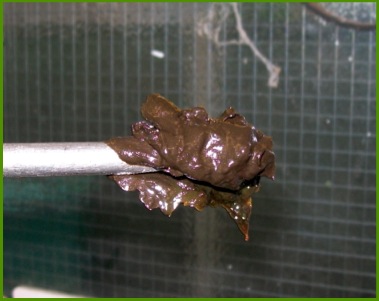At your service
01/11/09

There is no fixed frequency for servicing, general advice is once a year, but you'll want to take into account how you drive – if you do a huge milage, or use 'dirty' fuel, you may want to service more frequently.
Step one is a simple visual check of the system – are there any tanks hanging off, hoses split, etc. You may want to refer to earlier articles on installation (here and here).
Up front, you have three things to do : drain the heavy ends, change the filter, and check the state of tune/system operation.
Changing the filter is quite easy. Turn off the gas supply at the tanks and run the engine till it stops, this will use up the liquid in the pipes. If you can't do this, then park outside in a well ventilated area and 'crack' a pipe joint – it will start to hiss and spit. Just leave it to it until it stops, and beware of the cold – propane boils off at -40˚. You can then disconnect the two pipes and wires from the filter, remove it, and fit a new one. Check for leaks, ideally with a purpose designed leak test solution – you can use soapy water, but wash it off afterwards as it turns copper pipe green. Obviously you'll need to pressurise the pipework (open the tank valves and run the engine on gas) before you can check for leaks.
Draining the heavy ends is the 'fun' part. You'll need the reducer fully warmed up, so the engine bay will be full of hot bits of metal. Often the reducer is not in the most accessible position. And the stuff really does stink ! Have something ready to catch the heavy ends as they drain out, remove the plug or cap from the drain point, and wait while it drains. Replace the plug or cap afterwards.
The photo above is some heavy ends drained from the OMVL reducer in my DIsco. When I found out it needed draining, it had been in for about 5 years and I got about half a cupful out of it – I imagine a lot more than that had been burnt in the engine. I've found the Romano reducer in the 110 doesn't seem to hold the heavy ends, the internal design seems to encourage it to be carried over with the gas vapour.
Lastly, tune the system as described in my earlier articles here and here.
And that's all there is to it.


